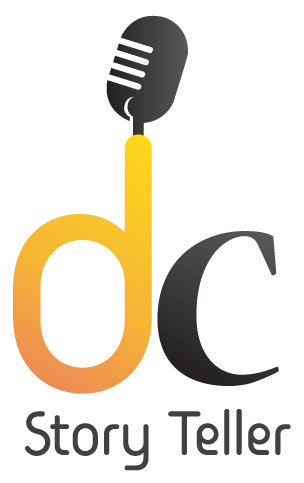
Data Storytelling Training
The secret of a storyteller: understanding the audience, solid database, great analytics and strong narrative.
Pooja working in a marketing agency and one day her manager assign her the task of collecting all Instagram influencer details in a specific region. She also has to determine which influencer is suitable for the brand promotion in the targeted area. A lot of data is available on social media. In such a case, how will you define the process of picking relative data and the information from huge data?
Understand what data is first
Data has been a collection of facts and statistics used for reference or analysis since the dawn of the digital era. Data is any information in the form of raw or organized information in the form of numbers, alphabets, symbols that represent ideas, traits, categories, preferences, and so on.
Data is a collection of discrete values that deliver information, such as quantity, statistics, facts, and other basic units of meaning or sequences of symbols that can be further interpreted for a specific purpose.
Till now, you have come to the point of gathering relative information from the data. Many people get confused between data and information. Data is a broad concept. Which also included the collection of various raw information. On the other hand, the information is an elegant form of raw data.
Data is crude oil; information is refined oiled.
Data analysis and storytelling training can help everyone extract authentic and impactful data. According to LinkedIn, the most in-demand positions in the last two years have been data scientist and data analyst. Data science training is widely available, but not data storytelling.
What is Data Storytelling?
Data storytelling is the ability to communicate insights effectively through narratives and visualizations. It can put data insights into context to better understand the concept. Data storytelling is a technique for conveying information through a compelling story tailored to a specific audience.
Benefits of Data Storytelling:
Some benefits of data storytelling are:
- Adding clarity to the data and insights.
- Interpreting complex information and simplifying essential key points for the audience.
- Stories provide a personal touch to understand the complexity of the data.
- Assists in understanding and imparting knowledge to the audience.
- Increasing the audience’s likelihood of taking the expected action after viewing the data.
Data Analysis:
Data is now frequently brought up in popular discussions of technology. The use and analysis of data, as well as its wider implications for those effects, are constantly being discussed about innovations. Data analysis aims to make the data clear, concise, and meaningful.
Three Important Components of Data Storytelling
- Data Visualization:
Data visualization is the art of showcasing or explaining your knowledge. The use of graphs, charts, visual representation, and infographics enhanced your storytelling experience. Additionally, it enhances comprehension and analyses, allowing for better and quicker decision-making.
- Effective Narrative:
As the necessary data is gathered, many possibilities exist to explore more story structures. If you format your narrative properly, you can effectively communicate any story the data reveals. You can follow the traditional data storytelling method, Beginning, Middle and End.
- Call To Action
The most important aspect of data storytelling is that it is conclusion driven. It should include a resolution as well as a call to action. The required motive is encircled by the call to action. Your story’s conclusion should be grounded in facts and goal-oriented.
Do’s and Don’ts
| Do’s | Don’ts |
| Create a compelling narrative with important lessons. | Give half or one piece of information and demand a response. |
| Combine feelings with logic | Give up logic for the emotional message |
| Point out the main idea to the audience | Keep unimportant tangents from diverting your attention. |
| Always drive the message with data. | Make narrative leaps that are different from the data. |
| Experiment with different ways of viewing the data. | Don’t assume that the one way of presenting data. |
In Pooja’s scenario, she must conduct the necessary research. During the research, she has to focus on the number of followers and their category as well. Assume Influencer A has a larger following than Influencer B. Influencer B, on the other hand, has more prominent followers who may prefer the products. The combined type of followers of influencer B may not respond positively to product branding.
Here, Pooja must visually demonstrate why Influencer B is a better choice than Influencer A for branding purposes.
Conclusion:
The main core of data storytelling is Data Visualization, Effective Narration and a Call to Action. With the help of that important factor, data storytelling becomes easier for you. The most important thing is to understand the process of extracting the correct information from the mountain of data. The data visualization gets the point across to the participants directly and concisely. We are known for our expertise in data storytelling.
Contact us for the best training for your organization, which we tailor to your requirements.






